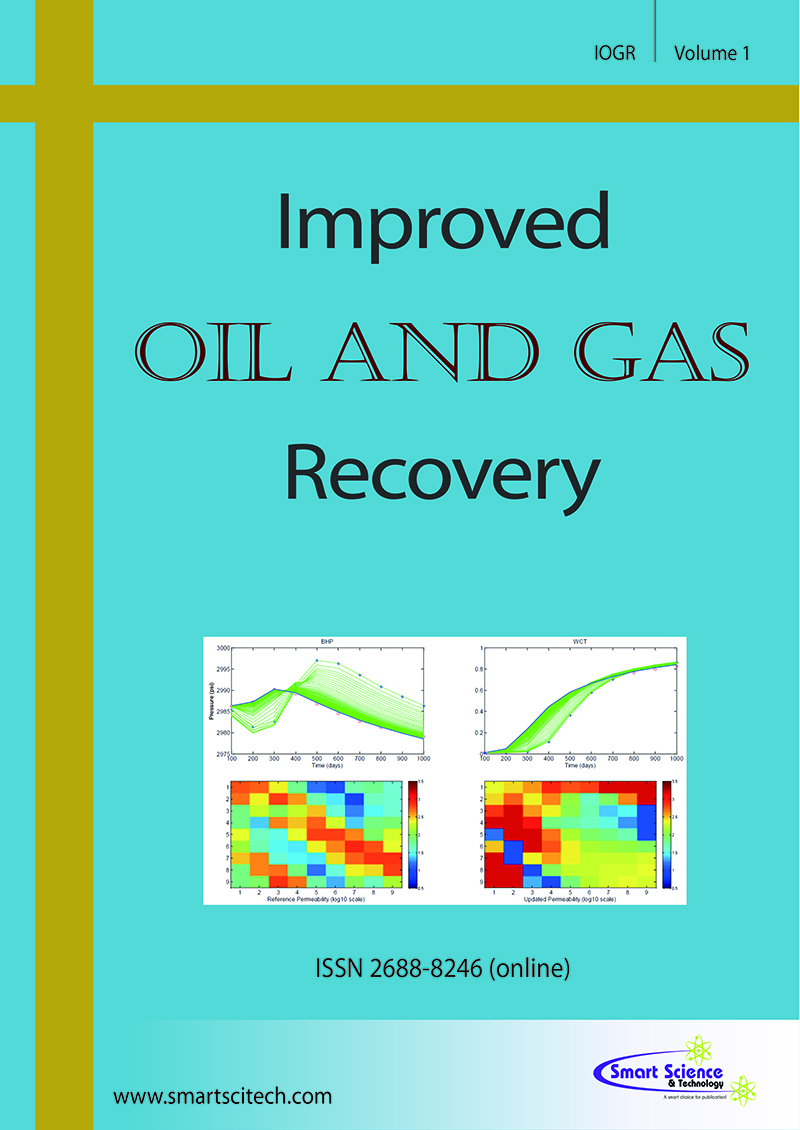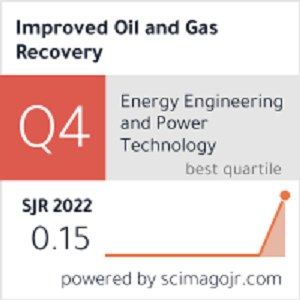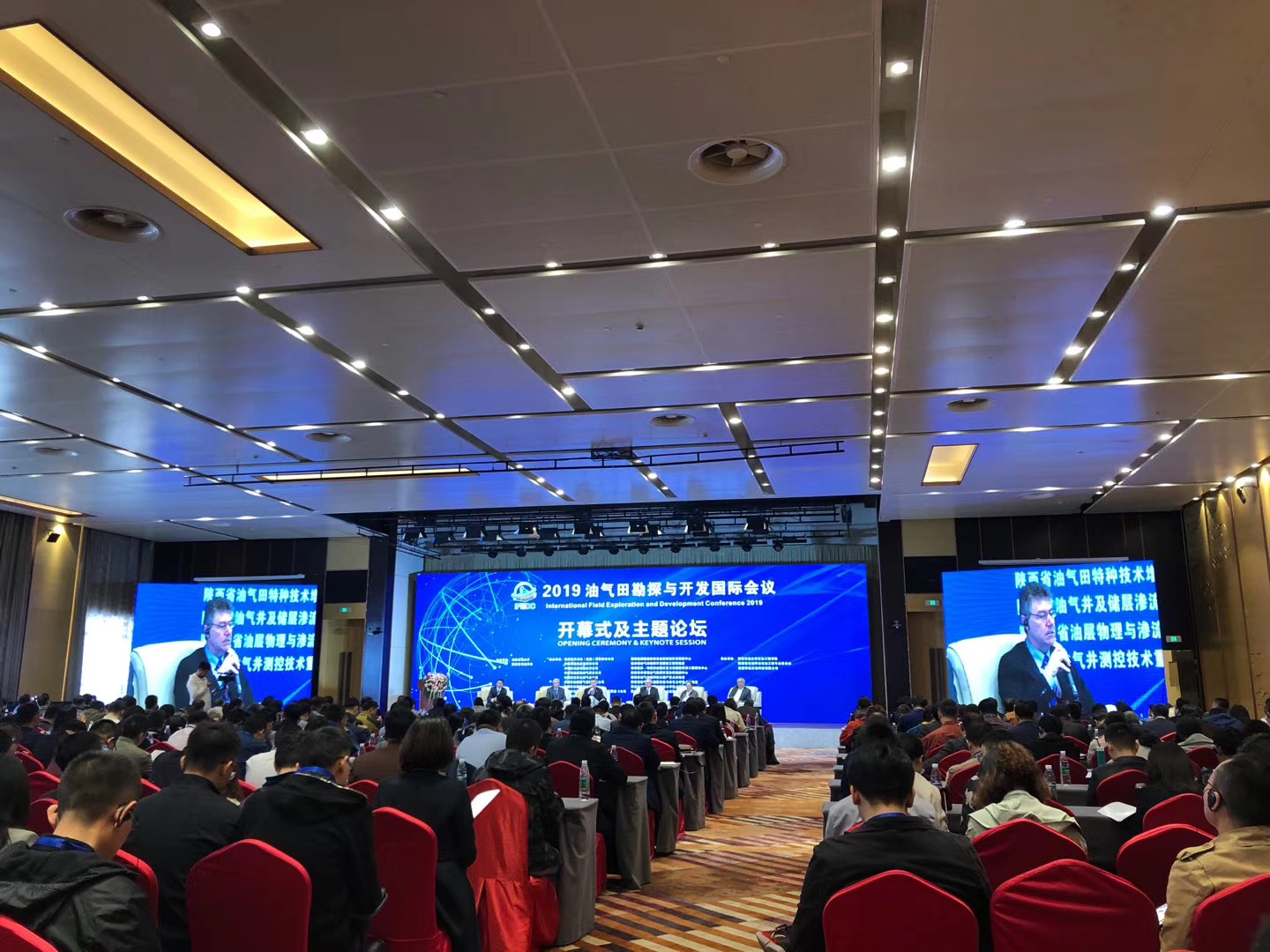Analysis of Fracture Design in a Vertical Well with a Horizontal Fracture
DOI: 10.14800/IOGR.422
Abstract
The overwhelming majority of hydraulic fractures are vertical and methods for designing them in both vertical and horizontal wells are well understood. In shallow and over-pressured formations there is a strong likelihood for horizontal fractures. Hence, horizontal fractures are common in shallow coalbed methane formations and may occur in highly over-pressured shale formations. Models for the transient flow and pressure behavior of horizontal fractures emanating from vertical wells exist and show highly distinct behavior from those for vertical fractures. Consequently, fracture design based on maximizing well productivity for a horizontally fractured well is distinct from the unified fracture design (UFD) strategies described previously for vertically-fractured vertical or horizontal wells.
This study shows well productivity behavior for horizontal fractures in homogeneous formations with or without vertical to horizontal permeability anisotropy as a function of suitably-defined proppant number, dimensionless fracture conductivity, and fracture penetration index parameters. For low penetration index, a relationship among fracture half-length, conductivity, and skin is provided.
This work provides a simple framework for horizontal fracture design.
Downloads
Published
How to Cite
Issue
Section
License
Copyright (c) 2017 The Author(s)

This work is licensed under a Creative Commons Attribution 4.0 International License.












